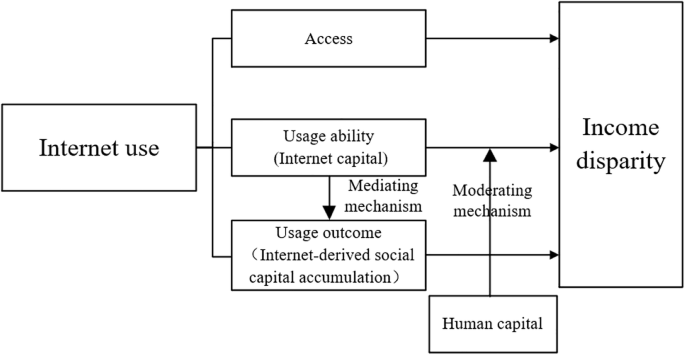Harvesting of the 2025 mostly irrigated wheat and barley crops is underway and is expected to finalize at the end of June. Production of both crops is forecast to be well below the five‑year average, reflecting a contraction in the area planted due to excessive soil moisture at planting time, caused by heavy rains last October and November, especially in southern areas where about 40 percent of wheat and 85 percent of barley are grown. Favourable weather conditions between December 2024 and May 2025 boosted yields, which are forecast at an above‑average level for both crops. Planting of the 2025 maize crop was completed in mid‑May and the area planted is estimated to be close to average. Planting of the 2025 paddy crop, which accounts for the bulk of the country’s cereal output, is underway and is expected to finalize in June. The area planted, which has gradually declined since 2002, is estimated below the five‑year average amid government efforts to promote the cultivation of other crops, including soybean, in response to decreasing demand of rice for food use. According to remote sensing data, as of end of May 2025, crop vegetation conditions were good, with no evidence of drought (ASI map).
The 2024 cropping season concluded last October, and the aggregate cereal production is estimated at 5 million tonnes, slightly below the average level. Production of paddy is estimated at below‑average 4.8 million tonnes, mainly reflecting a contraction in the area planted. Production of maize crop is estimated at average 89 000 tonnes. Production of barley crop is officially estimated at about 71 000 tonnes, almost 30 percent below average, mainly due to reduced plantings and yields on account of excessive rainfall amounts at planting time and early stages of crop growth, coupled with frost damages in March 2024.
Total cereal import requirements in the 2024/25 marketing year (July/June) are forecast at slightly above‑average 16.9 million tonnes. Imports of maize, that account for the largest share of the total cereal imports, are projected at average 11.5 million tonnes. Wheat imports are forecast at 4.5 million tonnes, about 6 percent above the average, reflecting the strong demand of high‑quality wheat for milling. In calendar year 2025, rice imports are forecast at 590 000 tonnes.










